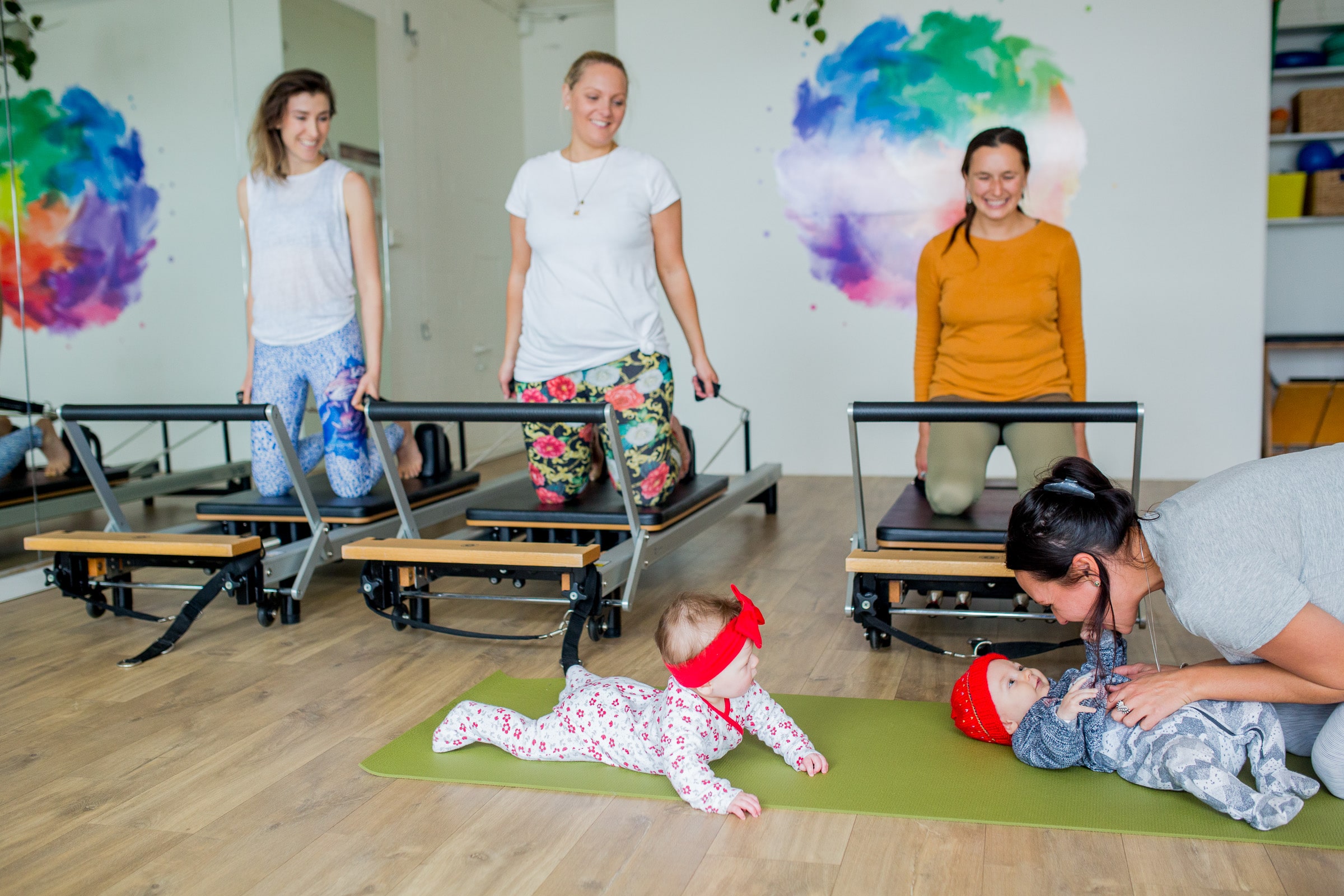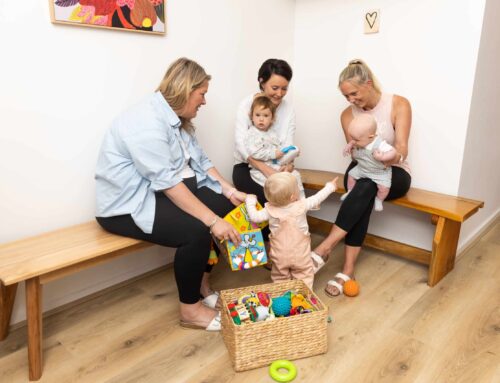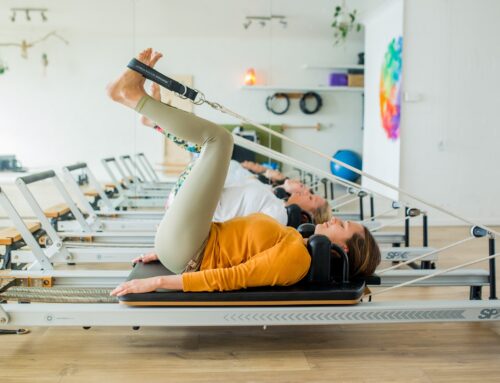
When and how can I safely return to exercise after having my baby?
These are two of the most common questions I get asked, and for good reason. Pregnancy brings so many changes to a woman’s body that you can start to wonder if you’ll ever feel like you did before being pregnant, again. There can be an underlying drive to want to get back into it, feel the endorphins flowing and ‘bounce back’ as the old saying goes.
Well, let’s bust that myth first of all! Women don’t ‘bounce back’ from pregnancy and childbirth. Nor should they! Your body has spent the best part of a year growing a human, which takes A LOT of energy. Giving birth requires A LOT of energy. Caring for your newborn requires A LOT of energy (and lots of cuddles). You need time to rest, heal, nourish and nurture your body before returning to any strenuous activity.
As much as we want simple answers for these questions, there is no one answer for all new mothers, on when the time is right. Returning to regular exercise after having a baby will vary depending on several things. Consider the following points when deciding the right time for you…
- Have you had your 6 week post partum checkup? If not, book in to see your GP as well as your local women’s health physio for a proper pelvic floor review. This is a great place to start.
- How often did you partake in regular exercise during pregnancy and prior to pregnancy? Often people with vigorous exercise or training routines in their usual day-to-day lives before becoming pregnant or giving birth, can be ready to return to exercise a little sooner than those who did casual exercise, or not much at all. Think of the body like an engine that was already conditioned to run in higher gears – then having to shift down a few gears to support pregnancy and birth, then once bubs is here and the initial rest and recovery period has passed – that same engine wants to pick things up a notch again, shift into higher gears and play where it remembers feeling at its best! Similarly, if a new mum did less regular exercise prior to or during pregnancy, it would be counterintuitive to launch into a high intensity or gruelling exercise regime in the early post-partum weeks/months. There is NO rush. There’s a fine balance between regaining strength and depleting your energy as a new mum.
- Have you allowed yourself enough time to REST? As much as some new mums want to race back to it, the body needs some solid downtime to restore energy levels, allow the muscles to gently knit back together after all the stretching, and establish good bonding time between you and your new baby. Some cultures around the world don’t even leave the house or receive visitors for the first 40 days!
- Have you started by laying some gentle foundations at home? Whether you had a vaginal or caesarean delivery, most new mummas can begin with gentle pelvic floor contractions within a couple of days of giving birth.
- Can you set aside a regular hour or two in your week for dedicated classes or exercise? It is helpful to plan it out in advance. There’s more chance of getting that self-care time in if it’s blocked out in your calendar. Getting a group of new mums together to start a mothers group exercise class is one of the best ways to schedule in time for movement, stretching, strengthening as well as connecting with other new mums. It’s great to catch up afterwards and share your experiences with other likeminded mums who also understand what it’s like to be on the parenting journey.
As a general rule, it is recommended that you wait until 6 weeks after a vaginal delivery and 8 weeks after a caesarean delivery to return to physical activity of a more intense nature. Listening to your body is the key to knowing when it’s right for you. Until then, what can you do?
Most women can start with gentle contractions of the pelvic floor muscles within a couple of days of giving birth. Even if you had a caesarean birth your pelvic floor muscles have been working hard to support your baby for 9 months and need strengthening again.
- Start with about 3-5 reps of holding for 2-3 seconds at a time. You can increase this as you feel to, doing them several times a day and increasing the length of the contraction, as you regain a stronger connection.
- Once you have good pelvic floor connections, we want to look at the gentle activation of other core muscles that support your lumbo-pelvic region. Moving the spine from a neutral position (tiny space between the floor and your lower back) into an imprinted position (flat back) while lying on your back with knees bent – is a great gentle exercise to get these muscles firing again. Add in your breath for extra goodness! Exhale as you flatten, inhale to release.
- Don’t rush into any loaded abdominal curling just yet, unless advised otherwise. Be mindful of the abdominal area ‘bulging’ upwards between the rectus abdominus muscles that run down your middle.
- Focus on stretching out the tight parts like your pecs, chest, hamstrings, hip flexors (or thighs), do side bends, trigger point your glutes, lower back and shoulders with a ball against the wall – and gentle glute activation with hip rolls into a shoulder bridge, with little clams and baby squats – will all lay good foundations for returning to more intense exercise in no time!
Find an experienced movement specialist that you trust and have a good connection with, they are your best chance of regaining and maintaining good exercise habits in the post partum weeks, months and years.
If you’d like more information about this topic or to find out how Village Birth can support your return to exercise as a new mum on the Surf Coast, please contact us via [email protected]
Talia Avenell
Perinatal Pilates Specialist, Childbirth Educator, Birth Doula,
Hypnobirthing Australia™ Practitioner
Founder @villagebirthsurfcoast
Co-founder @theperinatalhub


